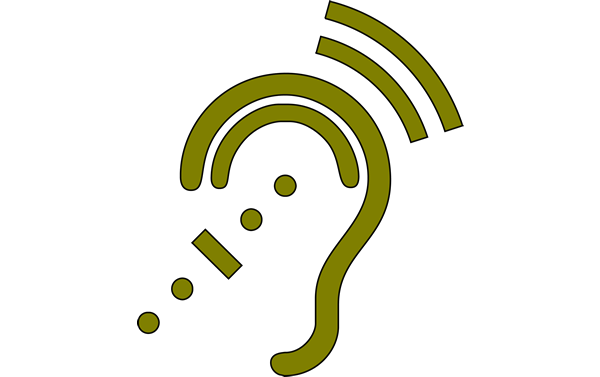…in the audible as well as in the visible range. But one after the other:

Hans Cousto with Thomas Künne
Without the groundbreaking research of the Swiss mathematician and musicologist Hans Cousto, the knowledge about the harmony of the spheres, which goes back to the Greek philosopher Pythagoras (570 – 500 BC) and the astronomer Johannes Kepler (1571 – 1630), would never have attained today’s significance: His calculations of the planetary frequencies are used today worldwide in the production of singing bowls, gongs or tuning forks.
If we convert the orbits of planets into seconds, form the inverse of them and then octave (= double) them, we will soon obtain a frequency in Hertz that is audible to us humans. This is the mystery of the „Cosmic Octave“, here in an overview of all planets with their frequency (including the equivalent in the chromatic scale) and their cosmic colors.
We know that we can octave (= double) a frequency virtually to infinity. Result: at some point we can no longer hear these frequencies, so to speak there is no more auditory perception. But: If we get into the „harmonious“ Terrahertz area, then we can grasp it with our eyes.
Summary for our perception organs ear and eye:

Audible range approx. from 16 to 16 400 Hz (corresponds to approx. ten octaves of tone C). The auditory spectrum is measured in Hertz (Hz).

Visual range approx. from 380 nanometres to 760 nanometres (corresponds to one octave). The colour spectrum is measured in nanometres or angstroms.


